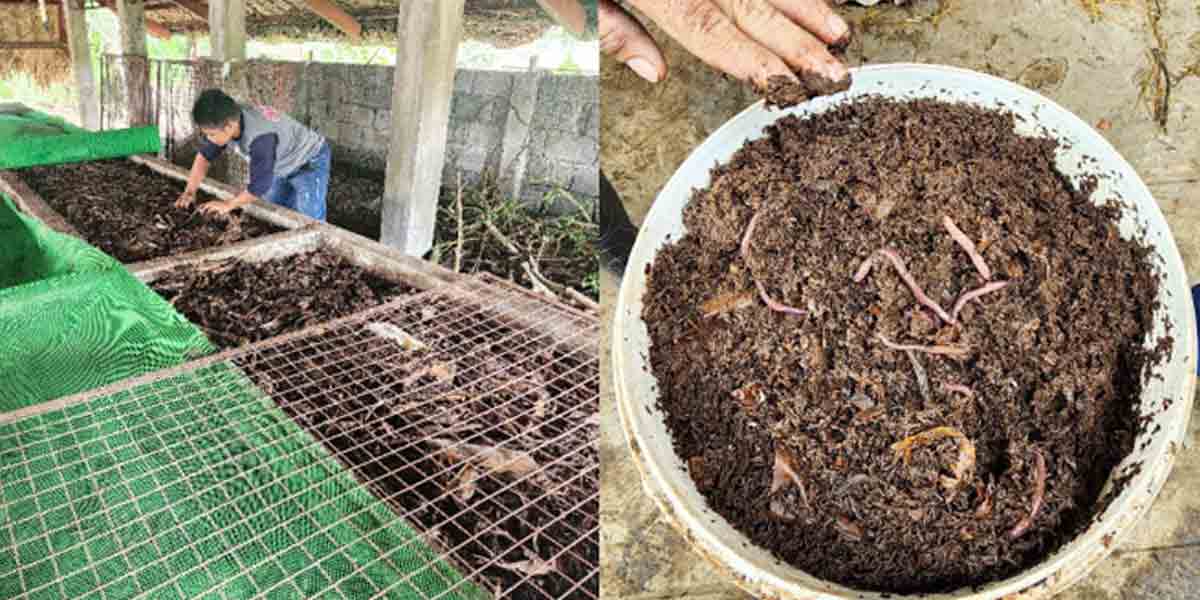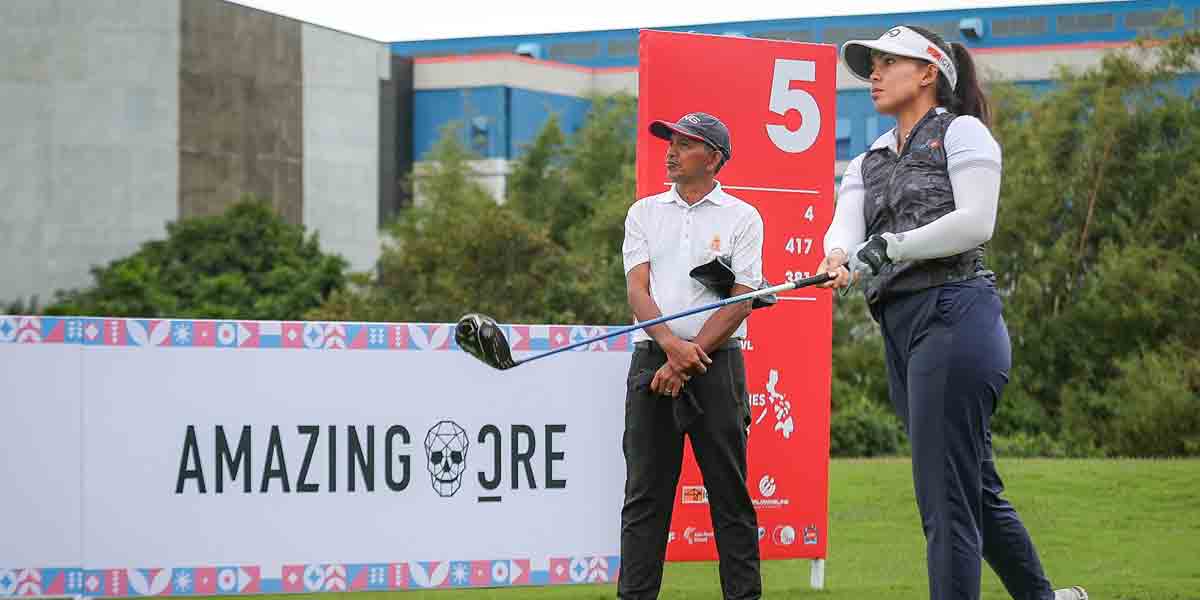
By Cherry Salazar
Philippine Center for Investigative Journalism
Residents are wary of new, government-approved gas projects that pose health and safety risks.
BATANGAS CITY — It was almost like an urban legend, how one man had been sucked by one of the five existing natural gas-fired power plants in this city, and died. The story often comes up during conversations against the construction of new gas projects.
As it turned out, two men, a fisher and a diver, were swallowed more than a decade apart by the water intake system of the Ilijan Power Plant, which helps cool down turbines during operations. The fisherman, who was sucked by the system in the late 2000s, died. The diver, who experienced the same more recently, survived.
The first man was a spearfisher, Nanding Daquis told PCIJ in September 2022. Daquis heads the local fisherfolk association and works as a water treatment operator at the Ilijan Power Plant.
“Namamana siya pero naka-compressor naman siya. Siguro noong siya’y napalapit doon (pipe), naubusan na siya ng hangin… unconscious na siya nung nahigop paloob,” he said.
The plant’s security personnel believed that the man tried to steal and sell the sacrificial zinc anode that protects metal structures from corrosion, Daquis said.
“Nung pina-maintenance ‘yun, nagtataka ‘yung mga naggagawa doon na nawawala na. Kaya nu’ng may namatay, ang paniwala nila, mukhang isa iyon sa dahilang gustong kunin (During a maintenance activity, workers were puzzled because [the sacrificial zinc anode] was missing. That’s why when someone died, they thought someone wanted to steal it),” he said.
The diver was part of the quarterly corals monitoring team, said Daquis.
“Nalingat lang siya kaya siya nahigop,” he said. “Hindi niya namalayan na malapit na pala siya sa intake hose.” (He wasn’t paying attention. He didn’t realize he was too close to the intake hose.)
Photo 2: Nanding Daquis profile

In Ilijan where these incidents happened, two firms are constructing gas facilities: a floating storage and inland regasification units for liquefied natural gas (LNG) under Linseed Field Corp., and a LNG-fired power plant under Excellent Energy Resources, Inc. (EERI).
During Linseed’s public scoping and consultation, residents raised safety issues.
Levi Alan Vitug of Linseed’s parent company, Atlantic, Gulf & Pacific Company (AG&P), told residents during the public scoping in September 2020 that a 200-meter exclusion zone would be implemented around the floating storage unit “as it is flammable.”
“Human activities will not be permitted,” Vitug was quoted as saying, according to Linseed’s environmental impact statement (EIS).
During the project’s public consultation in April 2021, a local leader pointed to previous accidents involving the Ilijan Power Plant’s water intake system.
“A fisherman died due to being sucked in by the intake structure around 2008-2009 and a diver hired for MMT monitoring was also sucked but managed to get out,” Rollie Silang, chair of the Ilijan Community Development Foundation, was quoted as saying in Linseed’s EIS.
Silang called for “legal instruments” that would require the power firm to pay P5 million to the family of any fatality and P1 million to any person injured by their structures.
In response, AG&P’s project director Roeland Uytdewilligen was quoted in the EIS as saying that their intake mechanism would be designed to be “big enough that the water flow will be very slow or slower than 0.5 meter per second.”
“That will reduce the risk of getting sucked in the pipe,” Uytdewilligen said, adding that a filter system would also be installed.
There was no mention of either of the incidents in EERI’s EIS.
In its EIS, EERI stated that it would install screens with holes less than 10 centimeters in diameter to prevent organisms from entering the intake structure.
There have been several reported incidents of divers being sucked into power plants’ pipes. Among them are separate incidents in 1989 and 2015 when two men were sucked into a nuclear plant’s intake pipe in Florida, USA. They both came out alive in the plant’s cooling system canal.
But more recently in February 2022, four divers in a team of five died after being sucked into an oil pipeline while doing repairs in the Caribbean country of Trinidad and Tobago.

Dust emission
Dust emission is another common impact on communities during the construction phase of any project, said Luisa Garcia, officer in charge of the Batangas Environmental Management Bureau. Garcia was referred to PCIJ by the Provincial Environment and Natural Resources Office (PENRO).
Mitigation for this, said Garcia, was simple: regular water spraying.
Photo 3: Gabok

But to residents of Dela Paz, a village adjacent to Ilijan and where the bigger portion of EERI’s power plant is located, it was an easy act frequently overlooked. It got to a point when gabok or dust entered their homes.
Yolanda Asi, a barangay health worker, had observed that more residents were going to check-ups for asthma attacks.
“Pag ikaw talaga naroroon sa malapit sa kalsada, uubuhin ka,” Asi said. “Pag hindi ka umalis at hindi ka nag-mask, uubuhin [ka] sa gabok… mamumula pa ang mata.”
PCIJ reached out to AG&P and its subsidiary Linseed, as well as SMC Global Power Holdings Corp. and its subsidiary EERI, for an interview, but has yet to receive a response. –PCIJ, March 2023

















